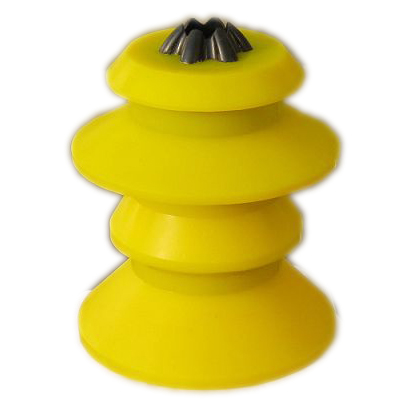-
- Straight Vane Steel Solid Rigid Centralizer
- Spiral Vane Steel Solid Rigid Centralizer
- Straight Vane Roller Centralizer
- Spiral Vane Roller Steel Solid Rigid Centralizer
- Straight Vane Composite Centralizer
- Spiral Vane Composite Centralizer
- Spiral Vane Roller Composite Centralizer
- Straight Vane Aluminium Solid Rigid Centralizer
- Spiral Vane Aluminium Solid Rigid Centralizer
- Slip On Stand Off Band Centralizer
- Slip On Welded Positive Spirolizer
- Slip On Welded Straight Cage Rigid Centralizer
-
- Bow Springs Centralizer-PC Type
- Slip on Single Piece Bow Spring Centralizer
- Hinged Non Welded Bow Spring Casing Centralizer
- Hinged Non Welded Positive Casing Centralizer
- Hinged Non Welded Semi Rigid Bow Spring Centralizer
- Hinged Non Welded Stainless Steel Bow Spring Centralizer
- Hinged Welded Bow Spring Centralizer
- Hinged Non Welded Bow Spring Turbolizer
- Slip On Welded Positive Casing Centralizer
- Slip On Welded Bow Spring Centralizer
- Slip On Semi-Rigid Welded Bow Spring Centralizer
- Slip On Welded Bow Spring Turbolizer
- Drill Pipe Centralizer
-
- Single/Double Valve Float Collar
- Single/Double Valve Float Shoe
- Auto Fill Cementing Float Collar - Puyang Zhongshi Group
- Auto Fill Cementing Float Shoe
- Slip On Cementing Float Collar & Shoe
- Butt-weld Cementing Float Collar & Shoe
- Stab in Cementing Float Collar & Shoe
- Cementing Guide Shoe
- Up Jet/ Side Jet/ Down Jet Float Collar & Shoe
Industry News

